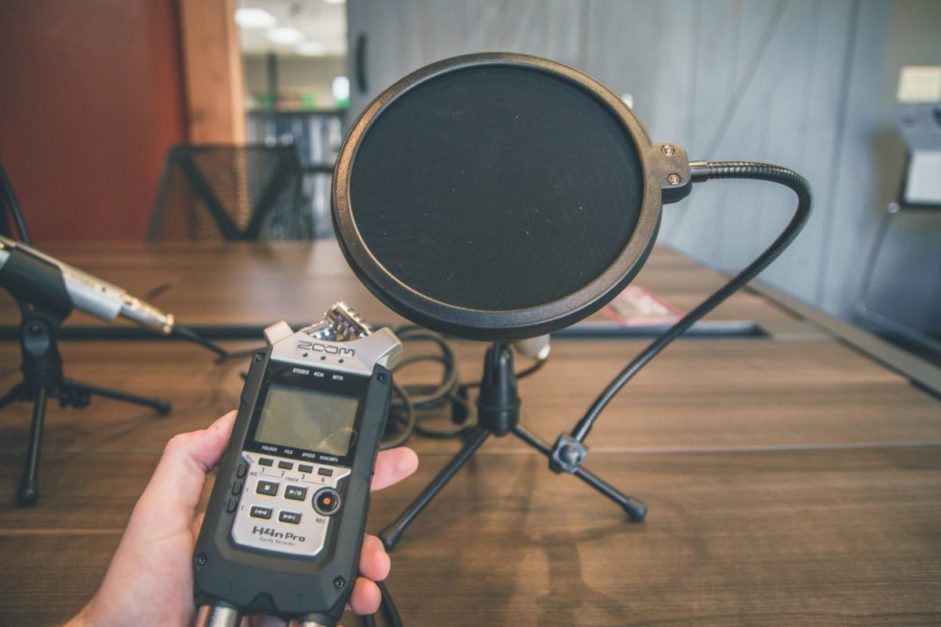What does it mean to give a sonic brand a “relift?” We refer to relifting as refreshing a sonic branding or changing aspects of a sonic logo to underscore a change in the brand’s emphasis.
Written by Colleen Fahey, Managing Director, US
What Is a Sonic Logo Relift?
It’s essentially the process of giving a sonic brand a makeover. For example, you might keep a sonic logo’s original music notes but rework the instrumentation or tempo. Or, as you’ll see below, you can choose to keep the most salient notes and leave out the others.
When Does a Brand Need a Sonic Logo Relift?
Not all brands need a relift. If a brand decides it’s time to change direction or redefine its message, that doesn’t mean it needs to scrap the current sound entirely. Adjustments can be made. But if a brand has committed to a sonic identity and it hasn’t aged well (the original Yahoo! shout is a good example of a sonic logo that didn’t keep up with the evolution of the brand) then it’s a prime candidate for a relift.
The most important question to ask when relifting a sonic brand is: How do you refresh your current sonic brand while saving the equity you’ve built over the years?
Real-World Examples of Relifting
One example of a brand relift is the Michelin Tires sonic logo. This company used a successful sonic identity and a stand-out sonic logo created by Sixième Son in 2008, but in 2019 their brand was shifting its position from an emphasis on innovative leadership to a focus on their reason behind the innovation: the safety of drivers and their families. In making this brand shift, Michelin’s bold sonic logo needed an update, too. After research revealed that four notes stood out as the most memorable of the logo’s six, Sixième Son shaped the new signature around those notes – resulting in a recognizable but now warmer and more caring new sound.
The French national railway, SNCF, is another prime example of a company that needed to relift their sonic logo. While SNCF’s original audio DNA still remains intact today, the expression has evolved since its initial launch. The company’s sonic logo first appeared in 2005 to capture the idea of leadership, which led to a dynamic and authoritative musical universe, employing a rhythmic approach and a distinctive sound. Then in 2008, to emphasize the brand’s eco-mobility, the instrumentation in its sonic logo became more natural and acoustic. Finally, in 2012 the brand needed to impart its new vision of simple, direct and easy mobility, so sounds were simplified and a whoosh of speed was introduced.
Sonic branding should always be taken into consideration when companies change their brand directions, because while some sonic logos can stand the test of time, others will lose much of their relevance without a relift to reflect their change in focus.




